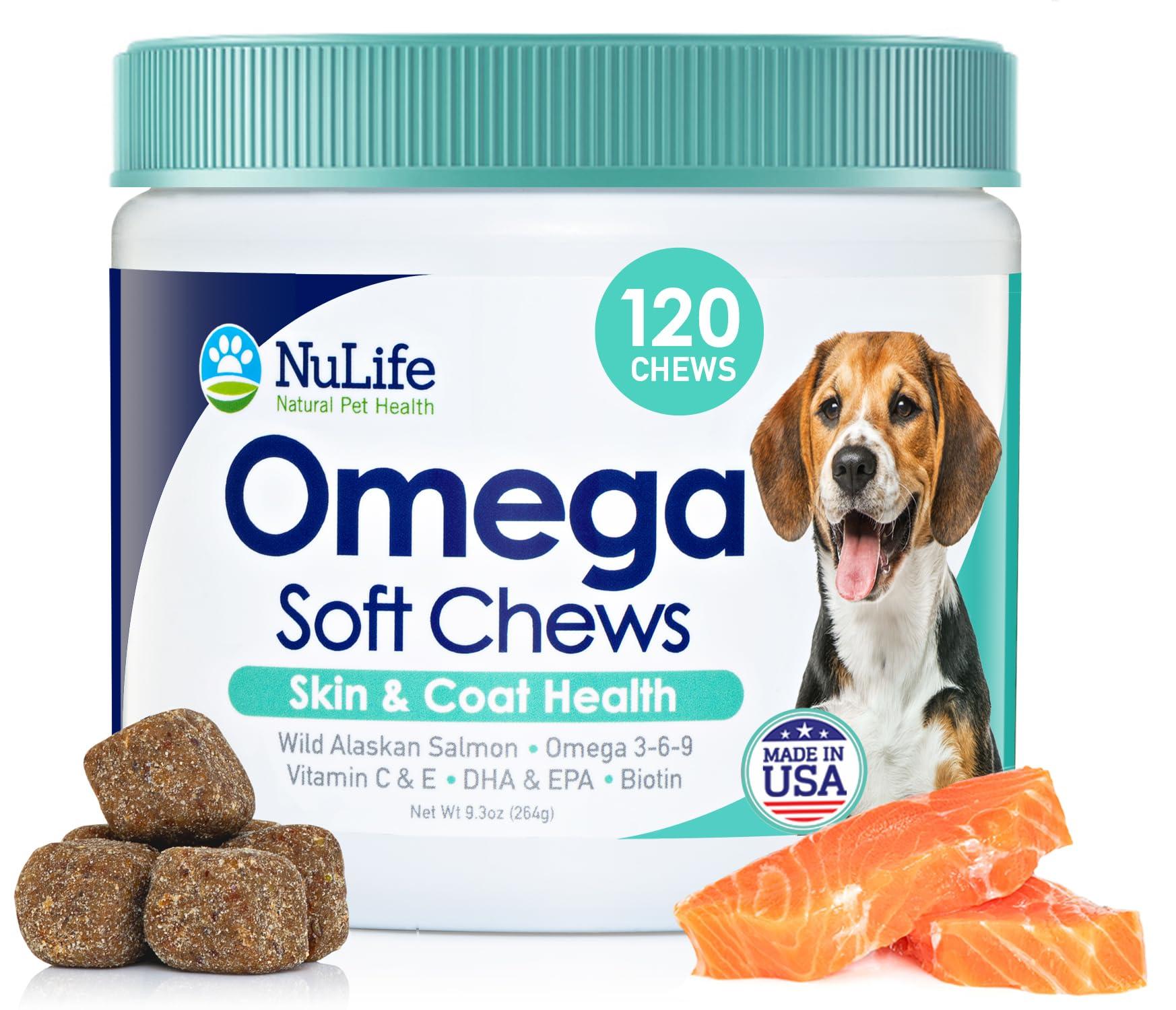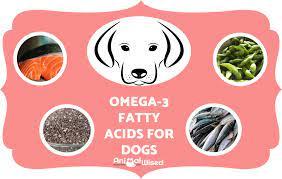As devoted pet parents, we constantly seek ways to ensure our furry companions lead healthy, vibrant lives. One essential component that often garners attention is omega-3 fatty acids. Renowned for their myriad health benefits in humans, omega-3s play an equally crucial role in maintaining the well-being of our canine friends. In this article, we will delve into the significance of omega-3 in your dog’s diet, exploring how these essential fats contribute to everything from a lustrous coat to a robust immune system. Join us on this journey to better understand how incorporating omega-3 can enhance your dog’s health and happiness, ensuring that every wag of their tail reflects their optimal well-being.
Understanding the Benefits of Omega 3 for Your Dogs Health
Incorporating Omega 3 fatty acids into your dog’s diet can significantly enhance their overall well-being. These essential nutrients are renowned for their anti-inflammatory properties, which can be particularly beneficial for dogs suffering from conditions such as arthritis or other joint-related issues. Moreover, Omega 3s play a crucial role in supporting a healthy coat and skin, helping to reduce shedding and promote a shiny, soft fur that you and your pet will both love.
- Improved Joint Health: Regular intake can alleviate pain and improve mobility in dogs with arthritis.
- Enhanced Skin and Coat: Omega 3s can help maintain a healthy, lustrous coat and combat skin dryness.
- Boosted Immune System: These fatty acids support a stronger immune response, keeping your pet healthier overall.
- Better Cognitive Function: Essential for brain health, Omega 3s can aid in cognitive development, particularly in puppies.
Integrating these nutrients into your dog’s diet can be as simple as choosing high-quality dog food enriched with Omega 3s or supplementing with fish oil capsules, always under the guidance of your veterinarian to ensure the right balance and dosage for your furry friend.

Choosing the Right Omega 3 Sources for Your Furry Friend
When it comes to ensuring your dog receives the benefits of Omega 3, it’s crucial to select high-quality sources. Fish oil is one of the most popular choices, offering a rich supply of EPA and DHA, essential fatty acids known for their anti-inflammatory properties and support for joint health. Look for fish oils derived from wild-caught fish, such as salmon or sardines, as they typically contain fewer contaminants. Another excellent option is krill oil, which not only provides Omega 3s but also contains astaxanthin, a powerful antioxidant that can enhance your dog’s immune system.
For those seeking plant-based alternatives, flaxseed oil is a viable choice, though it’s important to note that it contains ALA, which dogs must convert into EPA and DHA. This conversion can be inefficient, so it may not be as effective as marine sources. Additionally, chia seeds and hemp seeds are fantastic sources of Omega 3s, especially for supplementing a homemade diet. When introducing any new supplement, ensure you consult with your veterinarian to determine the appropriate dosage for your furry friend’s size and specific health needs. Prioritizing quality and consulting with a professional will help your pet reap the full benefits of Omega 3.

How to Safely Incorporate Omega 3 into Your Dogs Diet
When it comes to enhancing your dog’s diet with omega 3, safety and moderation are key. Begin by consulting your veterinarian to determine the appropriate dosage, as factors such as size, age, and health condition can influence the required amount. Once you have the green light, consider incorporating omega 3-rich foods into their meals. Fish oil supplements are a popular choice, available in liquid or capsule form, and can easily be mixed into your dog’s food. Alternatively, flaxseed oil and chia seeds are excellent plant-based options for vegetarian diets.
To ensure a smooth transition, gradually introduce these supplements to your dog’s meals over a week. Monitor for any adverse reactions such as digestive upset or changes in behavior. Key points to remember include:
- Start Slow: Begin with a small amount and gradually increase to the recommended dosage.
- Quality Matters: Choose high-quality, veterinarian-approved supplements to avoid contaminants.
- Balanced Diet: Omega 3 is a supplement, not a replacement for a well-balanced diet.
By carefully following these guidelines, you can safely enrich your furry friend’s diet with the myriad benefits of omega 3, promoting a healthier and happier life.

Recognizing the Signs of Omega 3 Deficiency in Dogs
It’s crucial to be attentive to your furry friend’s health, and understanding potential deficiencies can make a significant difference in their well-being. Omega 3 deficiency in dogs can manifest through various subtle signs. Keep an eye out for changes in their coat and skin; a lack of this essential nutrient often leads to dry, flaky skin and a dull coat. Additionally, you might notice your dog scratching more frequently, indicating skin irritation.
- Joint Pain or Stiffness: Dogs with insufficient Omega 3 levels may exhibit joint pain or stiffness, making it difficult for them to move comfortably.
- Behavioral Changes: A deficiency might also affect your dog’s mood, leading to increased anxiety or lethargy.
- Frequent Infections: Omega 3 supports the immune system, so recurring infections could be a sign of deficiency.
- Weight Fluctuations: Unexplained weight loss or gain can be a symptom to watch for, as Omega 3 plays a role in metabolism.
Recognizing these signs early and consulting with a veterinarian can help ensure your dog receives the nutrients they need for a happy, healthy life.

